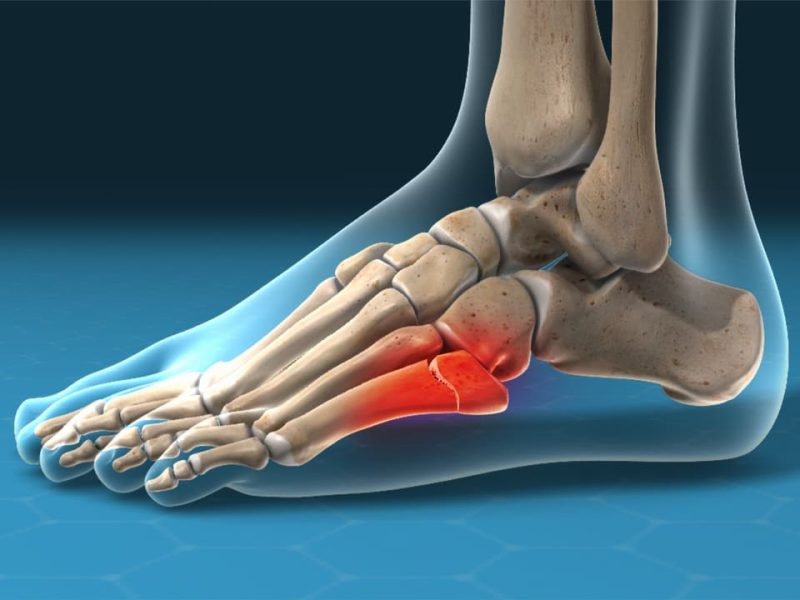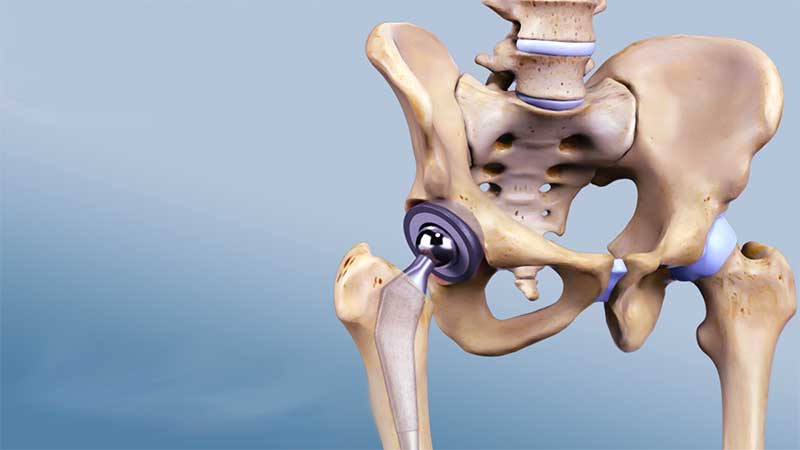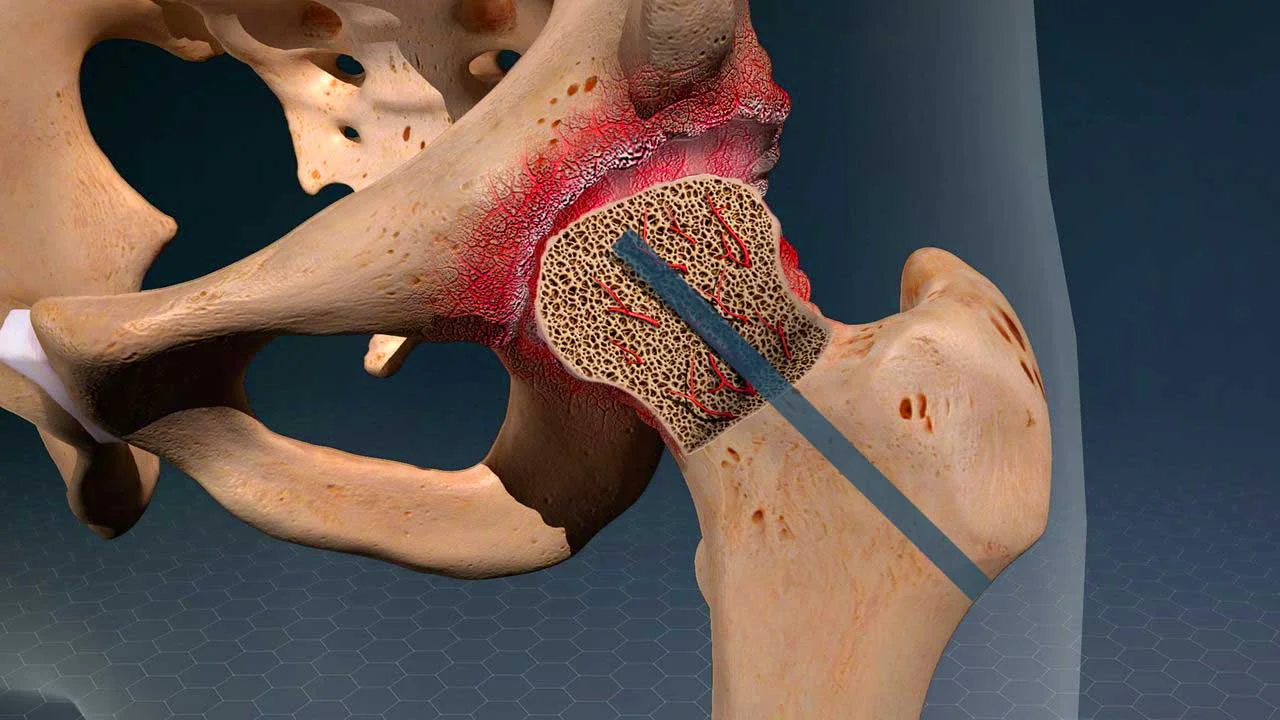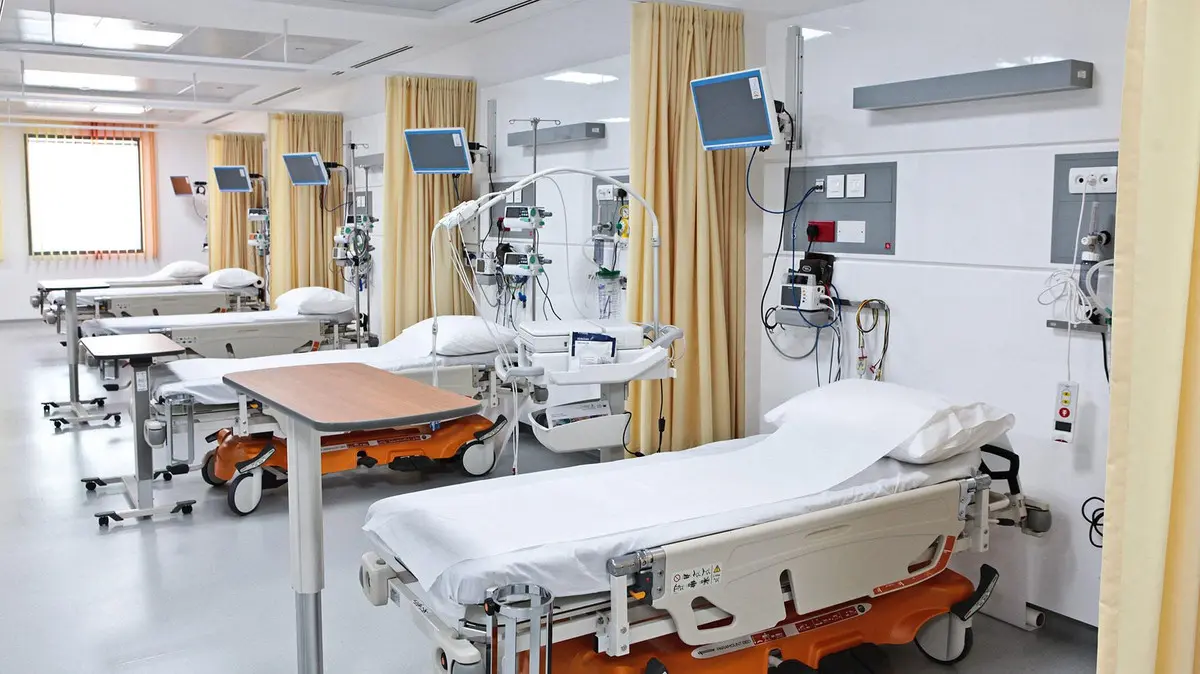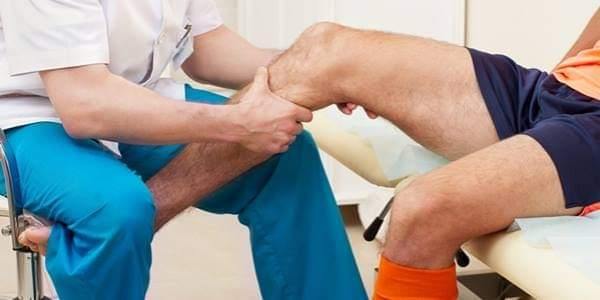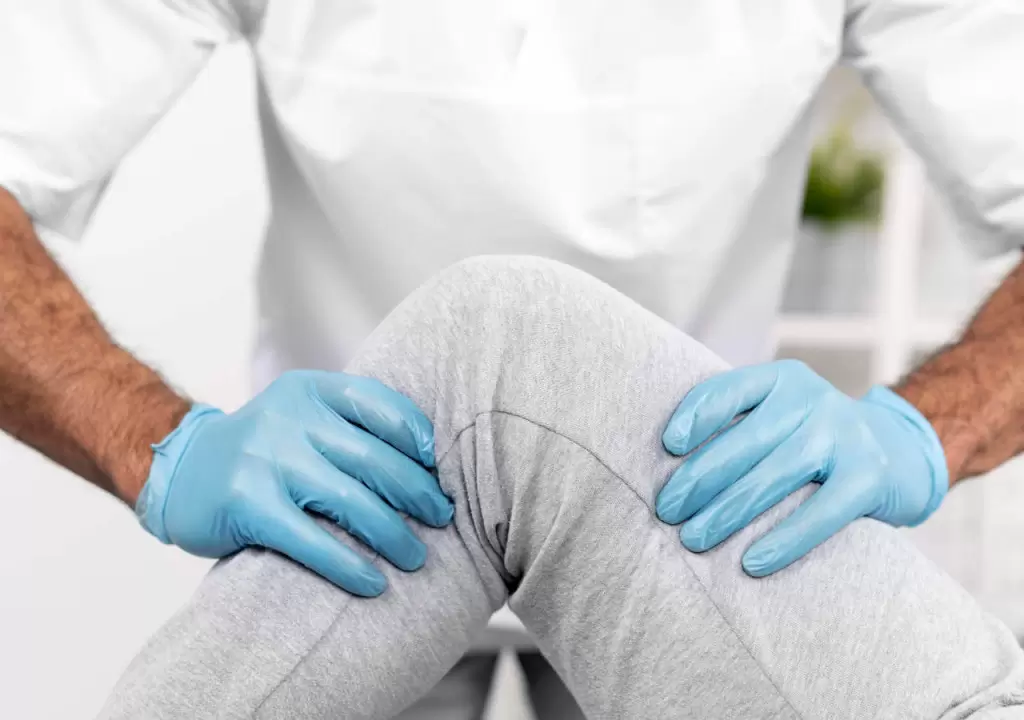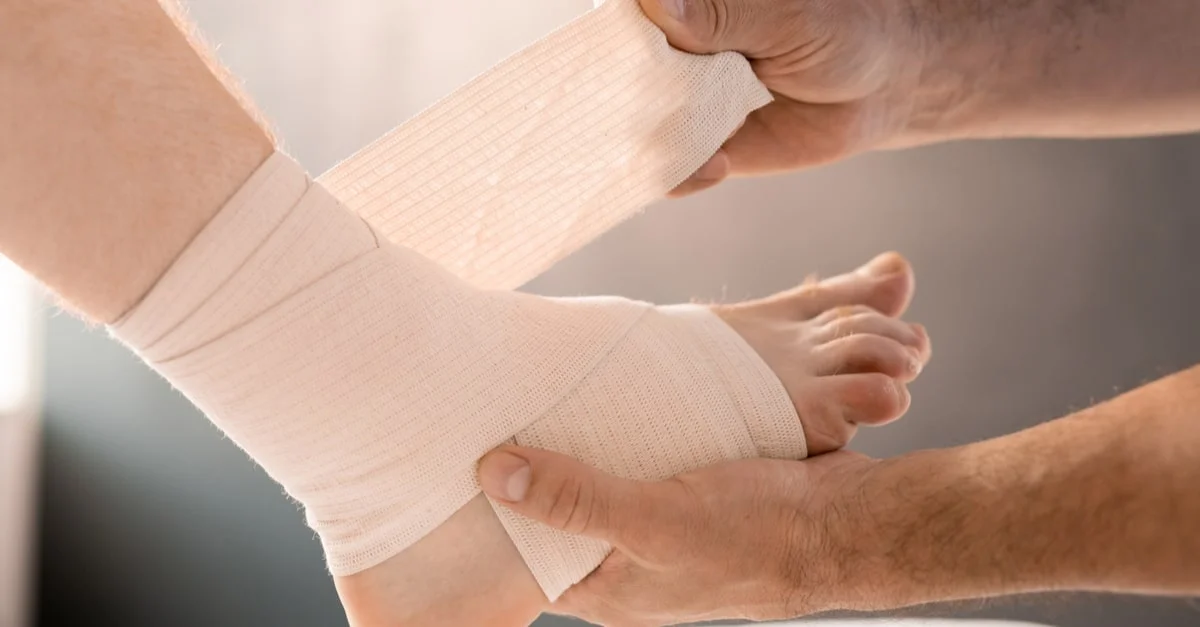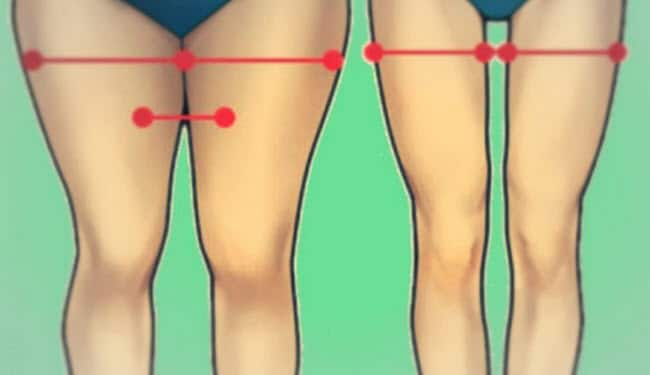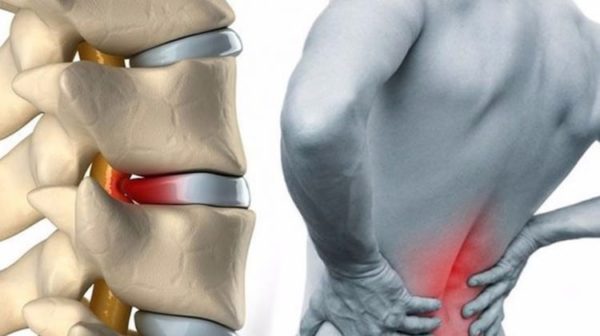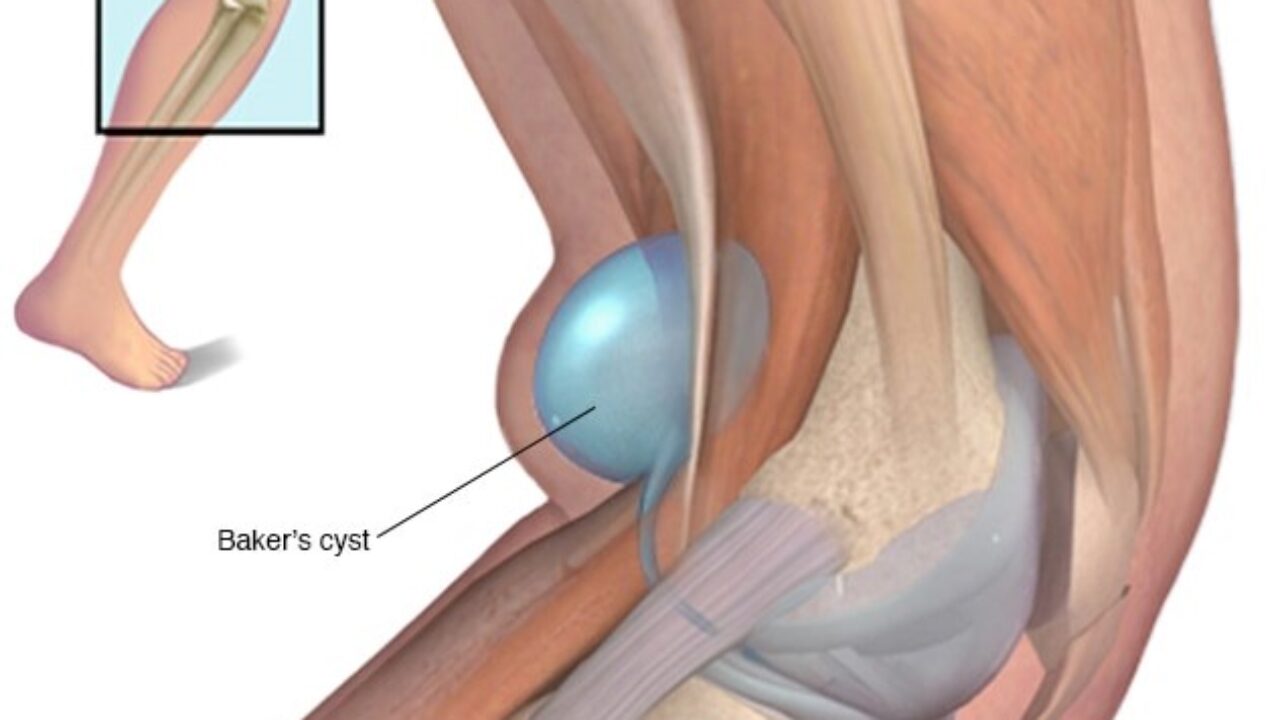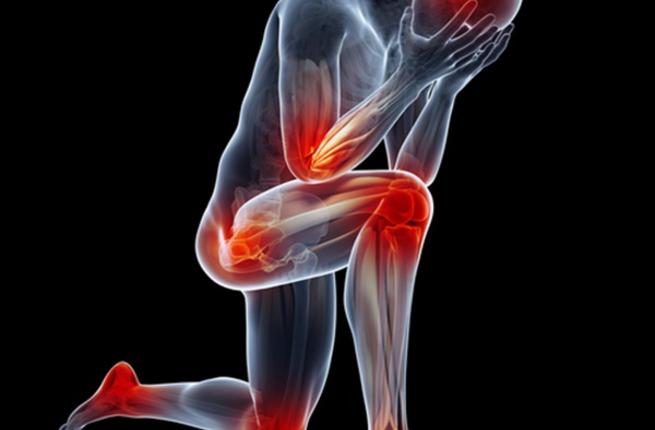Learn about the cost of knee ulcer surgery and the expected outcomes!
The cost of knee ulcer surgery. Through this article, we will provide you with as much information as possible about knee ulcers if you are hearing about them for the first time. You can learn about their concept, symptoms, causes, complications that arise from them, and the financial cost of undergoing surgery for them. So, follow us to get all the latest updates on this matter.
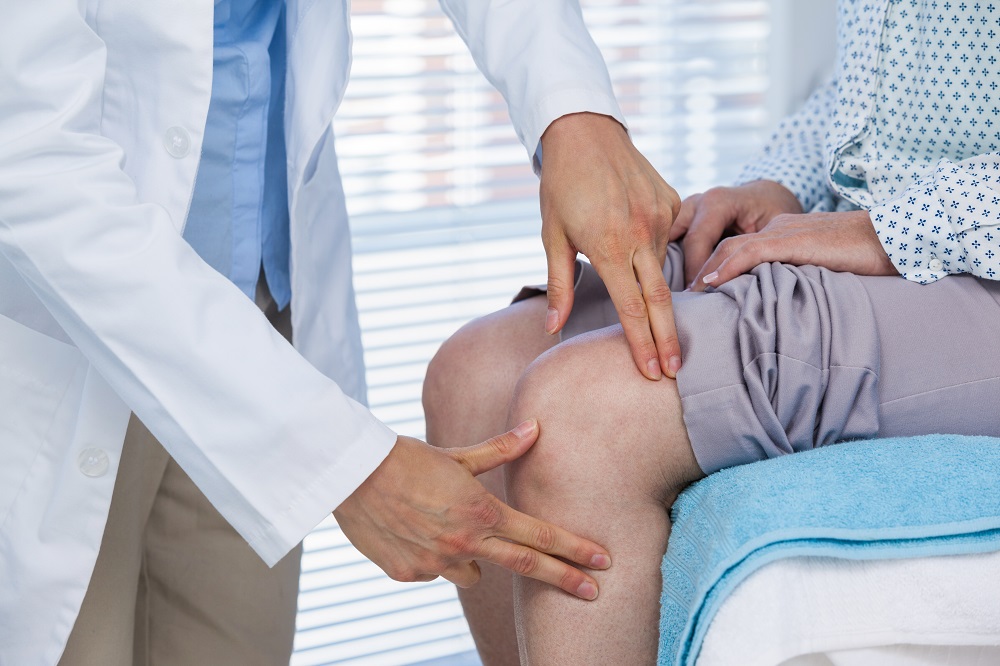
Cost of Knee Ulcer Surgery
“Forget the pain and swelling and enjoy improved quality of life with the distinguished knee ulcer surgery offered by Dr. Amr Amal.”
The cost of knee ulcer surgery varies depending on the additional procedures the doctor performs during the surgery and the technique they rely on. This also includes, of course, the doctor’s experience and skill, their efficiency in performing the surgery, the level of the hospital where the medical procedure is performed, and the necessary medical care received by the patient.
What is a Knee Ulcer?
A knee ulcer is a condition where there is erosion in the surface covering the joint bones, leading to a loss of flexibility in the joints and muscles, rendering them unable to function normally. This results in the exposure of part of the bones and is widely spread in the knee, shoulder, ankle, and elbow.
This condition results from multiple causes, which we will detail as follows:
- Knee ulcers can occur due to inflammation in the bone and cartilage.
- Exposure to fractures and accidents that affect the joint, such as a knee fracture, dislocation of the patella, or tears in the anterior and posterior cruciate ligaments.
- The most common cause is early onset osteoarthritis, where any erosion in a small part of the cartilage in the knee appears as a cartilage ulcer in x-rays.
- Aging and geriatric diseases are factors that contribute to knee cartilage ulcers.
- Engaging in sports involving running and sudden stopping, such as basketball and football.
Symptoms of Knee Ulcer
There are some symptoms that appear in a person suffering from a knee ulcer, which are as follows:
- Noticeable swelling in the affected foot due to abnormal fluid accumulation in the joint.
- The patient observes a decrease in the range of motion of the joint.
- The joint becomes stiff after a period of immobility.
- The person may hear a popping sound when moving the joint.
- The patient experiences severe pain, which increases in intensity from time to time, especially during movement.
- The patient faces difficulty in moving or bending the knee due to the intense pain.
Patients should immediately consult a doctor when they notice any of these symptoms or experience them. For more information about knee ulcers and their main symptoms, we recommend this article.
Who is Prone to Knee Cartilage Ulcers?
There is a specific group of people who are more susceptible to knee cartilage ulcers than others, which includes:
- People who sustain severe injuries to the knee joint and then neglect their treatment for an extended period.
- Individuals suffering from early-onset osteoarthritis in the knee joint.
- Athletes who engage in various sports requiring movement and physical exertion, thus being more prone to collisions and injuries in the knee joint.
- Older adults aged between 40 to 60 years, especially those who take cortisone medications for extended periods or suffer from restricted blood flow to a specific area of the body, leading to knee ulcers.

Complications of Knee Ulcers
Neglecting the treatment of knee ulcers can lead to certain complications, which include:
- The situation may develop, leading to deformities in the knee and severe muscle weakness.
- The possibility of the patient needing a knee joint replacement.
Patients should take their condition seriously, not neglect it, and seek treatment as soon as it is discovered to prevent potential future risks.
Diagnosis of Knee Cartilage Ulcer
It’s possible that a patient with a minor knee joint ulcer may not show any symptoms until the injury becomes deep and then becomes apparent. Therefore, the doctor conducts a comprehensive clinical examination of the patient. Often, the ulcer does not appear in x-rays, but the doctor may still request the patient to undergo regular x-rays and MRI scans. In many cases, a knee ulcer is discovered accidentally during a knee surgical procedure.
What is the Surgical Treatment for a Knee Ulcer?
The surgical treatment for a knee ulcer is done in one of the following two ways:
- Stimulatory Surgeries: In this medical procedure, the doctor uses an arthroscope to make small holes in the bones beneath the ulcer. This leads to the stimulation of the bones to form new cartilage to fill the ulcer space. However, the cartilage formed in this case is fibrous and not as cohesive as articular cartilage, so it should be considered a temporary solution as the cartilage will not withstand pressure for long periods.
- Repair Surgeries: Such as autologous cartilage grafting, where the doctor relies on filling the ulcer with articular cartilage. This involves grafting the ulcer by using specific tools to take articular cartilage from areas of the knee that do not bear weight and placing it in the ulcer site.
Return to an active life with confidence! Book a session with Dr. Amr Amal for the treatment of knee cartilage ulcer, and you can learn more about the surgical technique in treating knee ulcers and whether there are other alternatives by clicking on this link.

What is a Knee Ulcer Surgery?
Knee ulcer surgery: It is a surgical procedure resorted to if the patient does not respond to other conservative treatments. Surgical intervention is then used to patch the knee. This involves taking a healthy cartilage piece from another part of the knee that does not bear weight to be placed in the location of the eroded part. This surgery can be performed using an arthroscope to clean and abrade the ulcer, then creating several closely spaced 1 mm holes in the bones beneath the ulcer site. This specific method helps stimulate the bones to form cartilage at the ulcer site.
There are some cases that are not suitable for knee ulcer surgery where surgical intervention is not appropriate, and they resort to medicinal and natural treatments. These cases include:
- Presence of a large ulcer or multiple ulcers in the knee.
- Suffering from a degree of osteoarthritis in the knee.
- General weakness of the cartilage.
- Older individuals, especially those above 45 years of age.
Conservative non-surgical treatment involves applying ice packs, resting, taking anti-inflammatory medications, losing excess weight, and adhering to physical therapy sessions. These methods play a significant role in reducing pain and inflammation experienced by the patient and improving the range of motion of the joint.
If you want to know more information related to knee ulcer surgery and the risks and side effects that result from it, we recommend reading this article.
What is Knee Ulcer Surgery? Post Knee Ulcer Surgery Procedures
Today, we offer some tips, instructions, and post-surgery procedures for knee ulcers that help the patient avoid complications and increase the chances of complete recovery and faster healing, as follows:
- It is important for the patient to take the medications prescribed by the doctor in the period following the surgical operation, at the specified time and in the doses prescribed.
- The patient should ensure the wound is kept clean and dry until it heals well and quickly.
- The necessity for the patient to inform the doctor of their medical history and that of their family to reduce the chances of expected complications.
- Limit or reduce the use of airplanes due to their increased risk of causing blood clots.
Success Rate of Knee Cartilage Defect Surgery
Knee cartilage defect surgery is known for its high success rate, reaching up to 90% or possibly even higher when the patient follows the instructions provided by the treating physician. Patients can return to sports activities approximately a month after undergoing the procedure, but it is essential to consult with the doctor before doing so to ensure the knee’s safety and the possibility of resuming daily activities.
Recovery Period After Knee Cartilage Defect Surgery
“Prepare for free movement and comfort with knee cartilage defect surgery with the expert consultant, Dr. Amr Amal.”
Individuals who undergo knee cartilage defect surgery typically require a period of rest of up to two weeks to allow the knee to recover and return to its normal state. During this time, patients may use crutches or a walker to reduce pressure on the knee while gradually resuming daily activities.
Best Doctor for Knee Cartilage Defect Surgery
Today, we have Dr. Amr Amal, one of the specialized orthopedic surgeons renowned for his expertise in knee cartilage defect surgery. Dr. Amal has gained widespread recognition and a good reputation among many patients due to his numerous highly successful surgeries. He customizes treatment plans for each patient’s unique condition, selecting the most suitable approach and personally monitoring the patient’s progress, providing the necessary medical care. Dr. Amal also prioritizes the use of the latest techniques and methods to ensure the surgical procedure’s success and to avoid any potential complications or harm.
When Can I Walk After Knee Cartilage Defect Surgery?
Patients can start walking after knee cartilage defect surgery as early as the day after the surgical procedure. They may use crutches or a walker to avoid putting excess weight on the affected part of the knee, which helps reduce certain risks for the patient later on. However, it is advisable for the patient to have an adequate period of rest after the surgery. Additionally, walking should initially be done within limited range until the patient begins exercises and physical therapy sessions that aid in strengthening muscles and improving mobility.
Factors Affecting Knee Cartilage Defect Progression
There are several variables that can impact the progression of knee cartilage defects in patients undergoing knee cartilage defect surgery, including the following:
- The patient’s gender and age.
- The maximum body mass index (BMI).
- The risk of knee cartilage defect development.
- The number of physical therapy sessions the patient undergoes.
- The type of anesthesia used by the patient before the surgery.
- The preventive measures taken in the case of knee cartilage defect treatment.


